Complete Solutions to Exercise of chapter CARBOXYLIC ACID AND THEIR DERIVATIVES of Class 12 book with complete answers and questions
| Class 12 | CHEMISTRY |
| Chapter | CARBOXYLIC ACID AND THEIR DERIVATIVES |
| MS CHOUHAN | Exercise |
| Number Of Questions | 69 |
| Academic Year | 2023-24 |
Identify C in the following sequence of reaction:

View SolutionSaponification (basic hydrolysis) of `C_(6)H_(5)underset(O)underset(||)(C)O/CH_(3)` will yield:
`[O/=` mass -18 isotope of oxygen]
View Solution
Product (X) of the reaction is:
View SolutionWhich of the following is the correct order of decarboxylation of `beta`-keto carboxylate anion?

View SolutionComplete the following reaction

View SolutionWhich `beta`-keto acid shown will not undergo decarboxylation?
View SolutionChoose the response that matches the correct functional group classification with the following group of structural formulas.

View Solution Product (P) of the reaction is:
Product (P) of the reaction is:
View Solution
Product (X) of the reaction is:
View Solution Product (A) obtained is:
Product (A) obtained is:
View SolutionWhich of the following acid on heating gives geometrical isomers as a product?
View Solution
View Solution
View Solution
View Solution
In above reaction identify major product (A) of the reaction:
View SolutionAn optically active compound 'X' having molecular formula `C_(4)H_(8)O_(3)` . It evolves `CO_(2)` with `NaHCO_(3)` . 'X' on reaction with `LiAlH_(4)` gives achiral compound. 'X' is:
View Solution`CH_(3)-overset(O)overset(||)(C)-O-CH_(2)-CH_(3)+H-O/^(-)rarr (O/=O^(18))` One of the product of the reaction is:
View SolutionIdentify final product in the following reaction,
`CH_(3)underset(OH)underset(|)(CH)COOH overset(Delta)rarr` Product
View SolutionSelect the final product from this sequence of reactions. Acetoacetic ester `overset(NaOEt)rarr overset(CH_(3)I)rarr overset(NaOEt)rarr overset(CH_(3)CH_(2)CH_(2)Br)rarr`
View Solution
View Solution`CH_(2)(CO_(2)Me)_(2)+? overset((i)Na)underset((ii)AcOH)rarr CH(CO_(2)Me)_(3)`
Which of the following reactants will complete the above reaction?
View SolutionArrange the following in order of increasing reactivity (least `rarr` most) towards nucleophile
`{:(CH_(3)overset(O)overset(||)(C)Ounderset(1)(CH_2)CH_(3),underset(2)(CH_(3)overset(O)overset(||)(C)Cl),underset(3)(CH_(3)overset(O)overset(||)(C)NHCH_(3))):}`
View SolutionChoose the best sequence of reactions for transformation given. Semicolons indicate separate reaction steps to be used in the order shown.

View SolutionA key step in the hydrplysis of acetamide in aqueous acid proceeds by nucleophilic addition of:
View SolutionWhich reaction is not possible for acetic anhydride?
View SolutionAll but one of the following compounds react with aniline to give acetanilide. Which one does not?

View SolutionWhich of the following best describes the nucleophilic addition step in the acid-catalyzed hydrolysis of acetonitrile `(CH_(3)CN)`?
View SolutionThe major product expected, when Phthalamide is treated with `NaOH`, is
View SolutionWhich of the following acid remains unaffected on heating ?
View Solution
At which value of n the formation of six membered ring takes place?
View SolutionComplete the following reaction

View SolutionComplete the following reaction

View Solution
Product (A) of the reaction is:
View Solution`{:(underset(|)CH_(2)-O-COR),(underset(|)CH-O-COR_(2)+3NaOH rarr(A)+"salt of fetty acid(soap)"),(CH_(2)-O-COR_(3)):}`
Product (A) of the reaction is:
View Solution`CH_(3)-underset((d))underset(Et)underset(|)(CH)-underset(("d=dextro rotatory"))(OAcoverset(HO^(-))rarr)` Product of the reaction is:
View Solution Product (A) of the reaction is:
Product (A) of the reaction is:
View Solution Identify the product (A).
Identify the product (A).
View Solution
Above reaction is an example of:
View SolutionWhich of the following is an intermediate formed in the reaction shown below
`CH_(3)-overset(O)overset(||)(C)-CI +NH_(3) rarr` Intermediate `rarr` product.
View Solution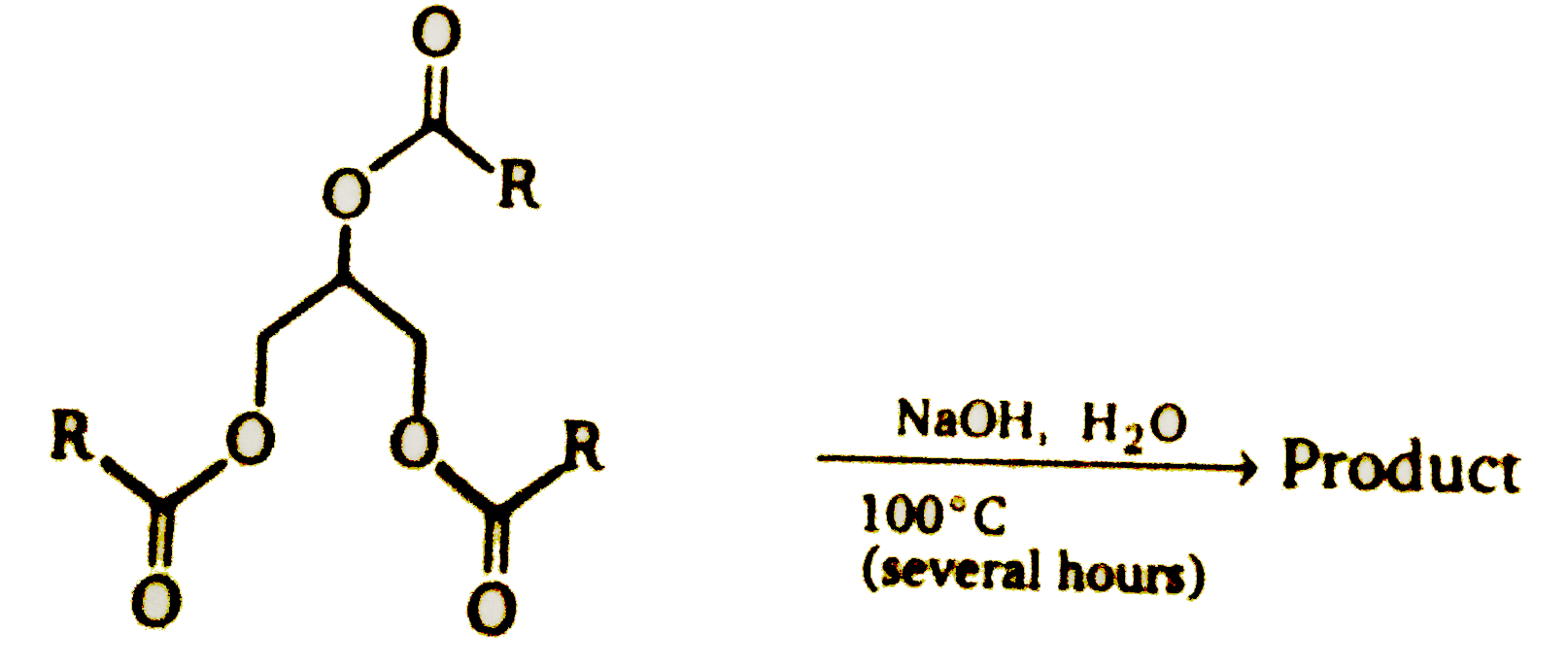
Product is obtained in the above reaction is:
View SolutionThe reaction of sodium with acetyl chloride proceeds through which of the following
View SolutionWhich of the major product of the following reaction?
`CH_(3)-overset(O)overset(||)(C)-CI overset(H_(2)S)rarr` product
View SolutionWhich is the major product of the following reaction?

View SolutionEthanoic acid `+3`-methyl-1-butanol `underset(H_(2)SO_(4))underset("traces")hArr(A)`, Compound (A) is:
View SolutionComplete the following reaction

View SolutionWhich of the following compounds will undergo decarboxlation on heating?

View SolutionWhich one of the following is not an intermediate in the generally accepted mechanism for the reaction shown below?
`CF_(3)overset(O)overset(||)(C)OH+CH_(3)underset(OH)underset(|)(CH)CH_(3) overset(H_(2)SO_(4))rarr CF_(3)overset(O)overset(||)(C)Ounderset(CH_(3))underset(|)(CH)-CH_(3)+H_(2)O`
View Solution
View SolutionIdentify the compound C in the following sequence:
`(CH_(3))_(2) CHCH_(2)C-=N overset(HCI,H_(2)O)rarr` compound `A overset(1.LiAIH_(4))underset(2.H_(2)O)rarr` compound B `overset(PC C)underset(CH_(2)CI_(2))rarr` compound C
View SolutionWhat is the final product (B) of this sequence?

View SolutionWhich of the following undergoes decarboxylation most readily on being heated?
View SolutionWhat is compound Z?
`CH_(3)CH_(2)CH_(2)Br overset(NaCN)rarr X overset(H_(3)O^(+))underset("heat")rarr Y overset(CH_(3)CH_(2)OH)underset(H^(+))rarr Z`
View Solution`CH_(3)-CH=CH-CH_(2)-CO_(2)Hunderset(Delta)rarr (X)` (major), Producy (X) is:
View Solution`H-O-overset(O)overset(||)(C)-(CH_(2))_(n)-overset(O)overset(||)(C)-O-Hunderset(Delta)rarr` product, At what value of (n) given compound will not evolve `CO_(2)` gas?
View Solution`overset(" "CO_(2)H)overset(|)underset(" "CO_(2)H)underset(|)(" "(CH_(2))_(n)`, If `(n=4)` then di-carboxylic acid would be known as:
View Solution
Product (A) of the above reaction is:
View Solution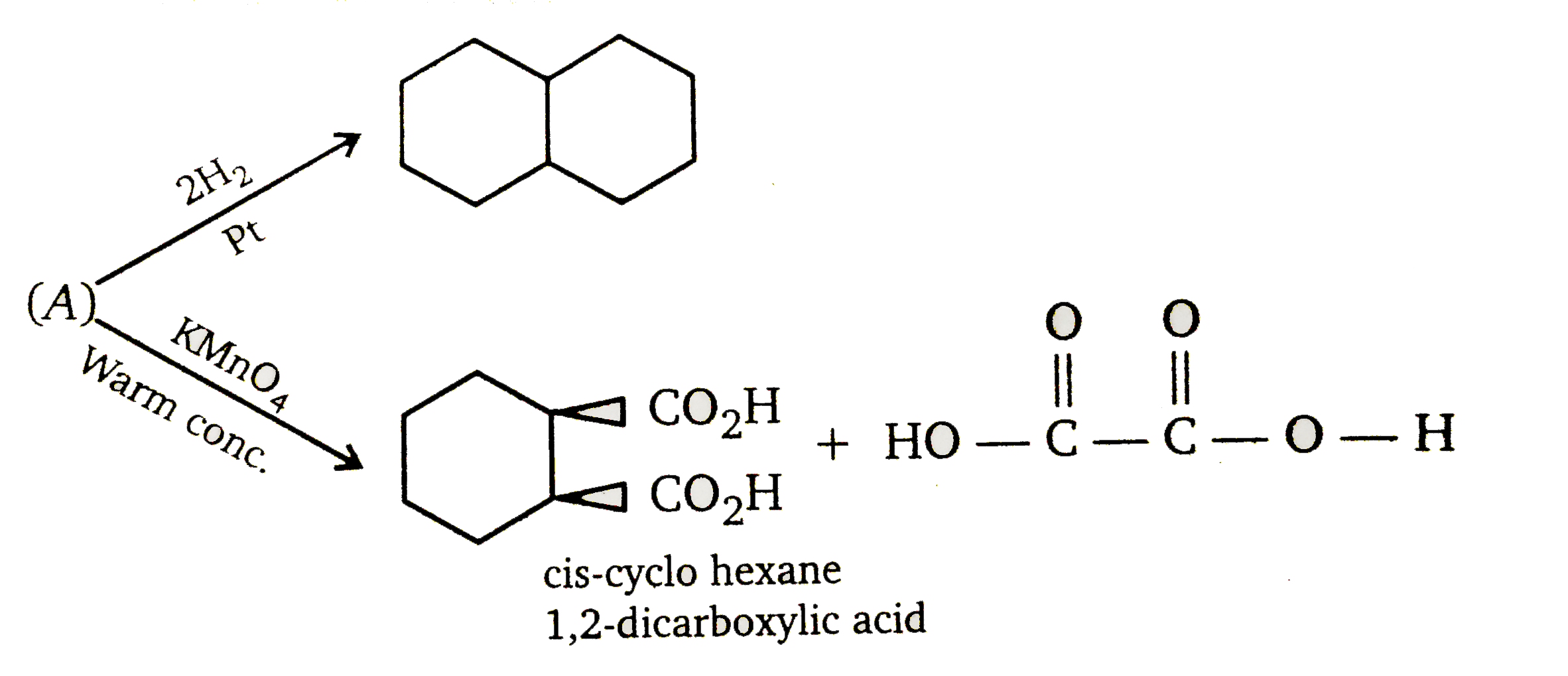
Identify (A)
View Solution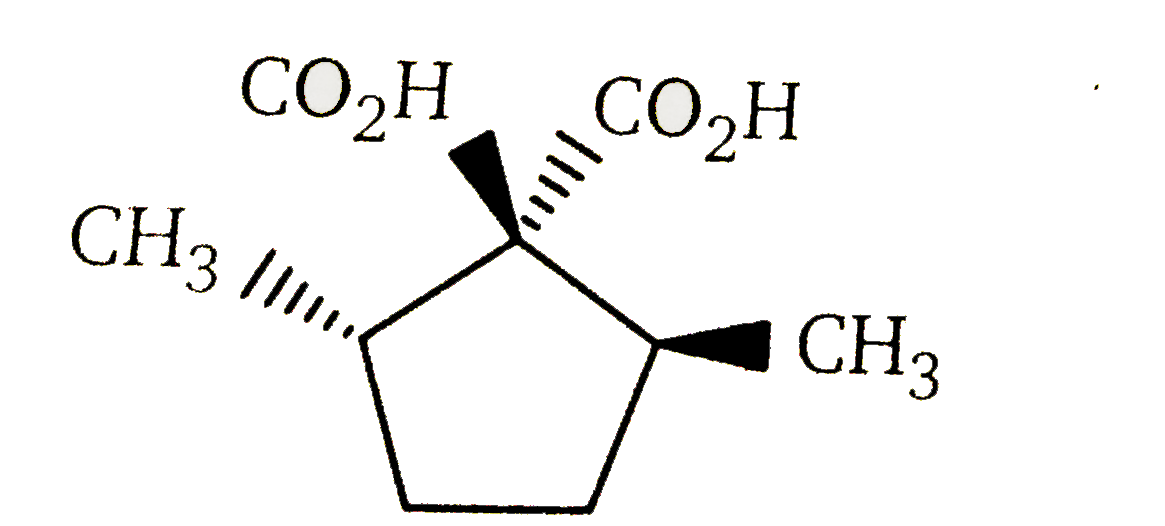
How many product will be formed when above compound undergo de-carboxylation?
View Solution
View SolutionProducts obtained in the given reactions are shown below.

The number of possible products for x and y are:
View Solution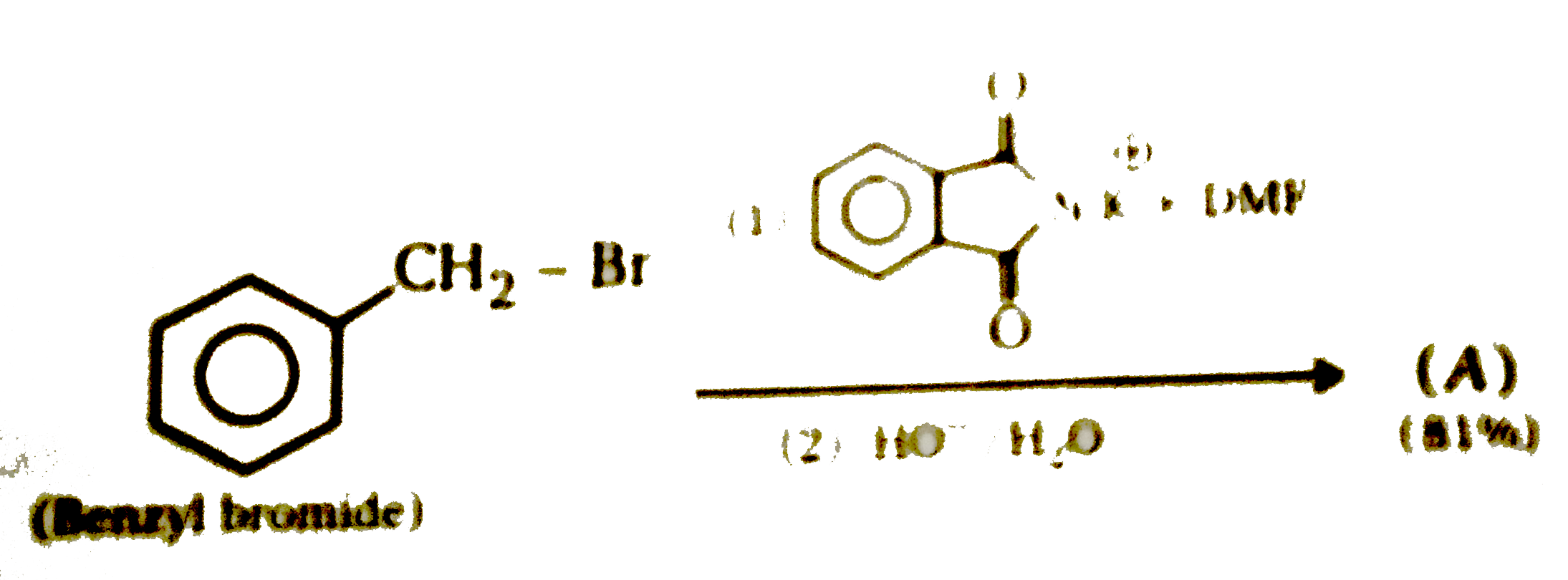
Product (A) of the above reaction is:
View SolutionWhich of the following pair is `C_(2)`-epimer?
View SolutionTotal number of enol possible for the compound formed during given reaction will be (including stereoisomer):
`CH_(3)Mgbr+CH_(3)CH_(2)-overset(O)overset(||)(C)-CI rarr`
View SolutionWhat is the product of the following reaction?
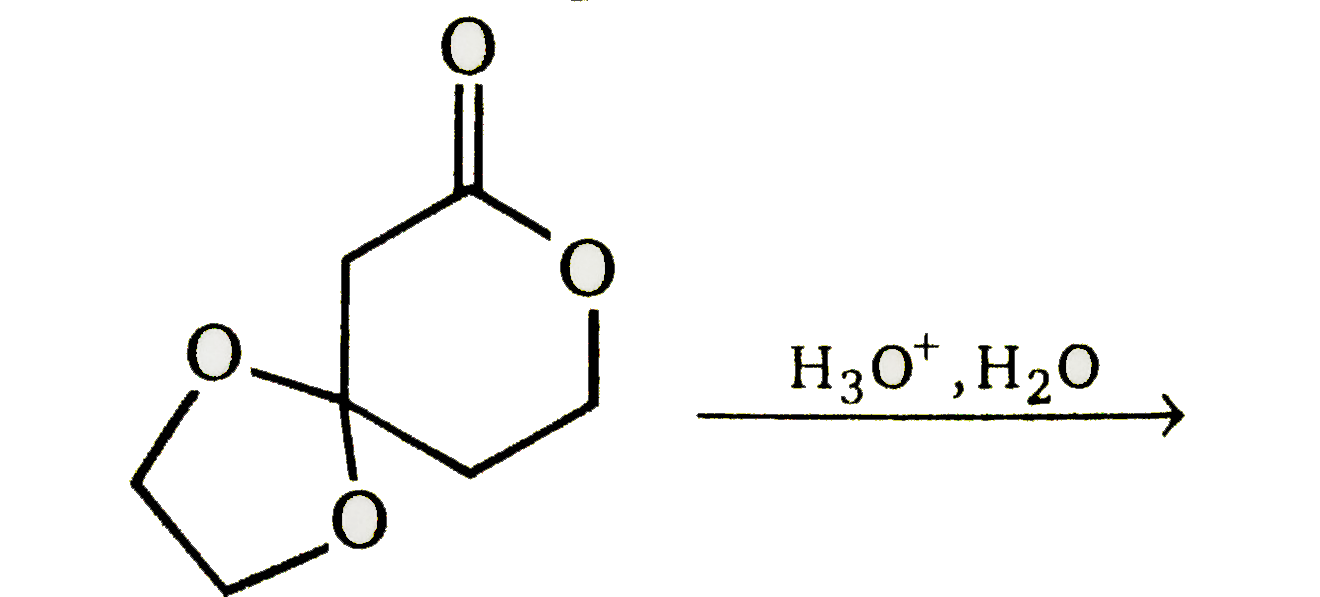
View Solution
Hence the product (Y) in the above sequence of reactions, is:
View Solution
View Solution`CH_(3)CH_(2)CH(OH)CH(CH_(3))_(2)+CH_(3)COCI overset("base")rarr CH_(3)CH_(2)CH(OCOCH_(3))CH(CH_(3))_(2)+HCI` In the above reaction, if the reactant alcohol is a pure R-isomer the product would.
View SolutionThe order of `S_(N)1` reactivity in aqueous aceic acid solution for the compounds
`underset((1))(H_(3)C-overset(O)overset(||)(C)-CH_(2)-CI)" "underset((2))(H_(3)C-CH_(2)-CH_(2)-CI)" "underset((3))((H_(3)C)_(3)C-CI)`
View SolutionMatch the column (I) and ((II). (Matrix)
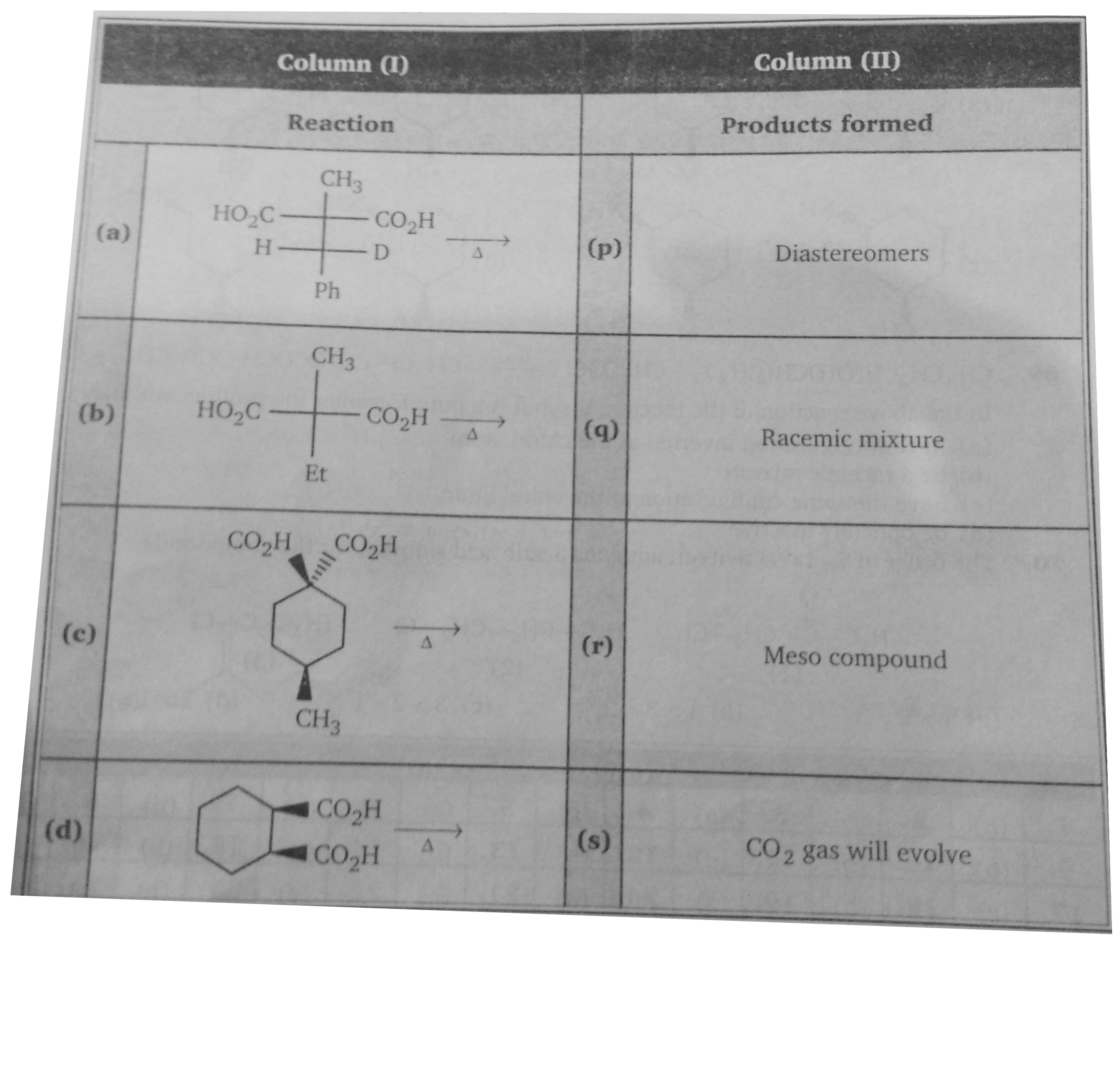
View Solution
Exercise questions and complete solutions for chapter CARBOXYLIC ACID AND THEIR DERIVATIVES of MS CHOUHAN CHEMISTRY (HINGLISH) of Class 12